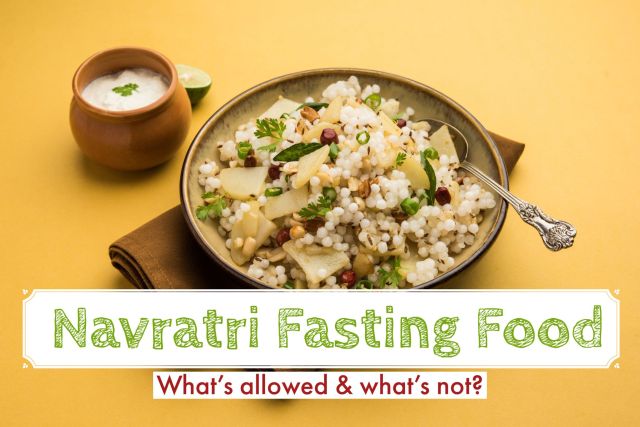Zucchini, with its mild flavor, tender texture, and versatility, is used in various recipes. Consuming it feels light and fresh, so it can be used in salads, sabzi, and stir-fry. In this blog post, we will explore a simple yet satisfying Zucchini Sabzi recipe. It is a traditional Indian vegetable dish that can be paired with soft Kuttu Ki Roti (Buckwheat Flour Tortilla) during Navratri. It is nourishing, delightful, and feels comforting during the fasting season.
Health Benefits of Zucchini
Before we dive into the recipe, let’s have a look at the impressive nutritional benefits of Zucchini.
- Nutrient-Rich: Zucchini is low in calories but high in essential nutrients like vitamins A, C, and K, as well as potassium, manganese, and folate. It’s also a good source of dietary fiber, which supports digestive health.
- Hydration: Zucchini has a high water content (over 90%). It keeps you refreshed and satisfied, during the hot summer months. It feels light and will keep you full.
- Weight Management: Zucchini can be a good addition to your diet to manage your weight. This is because it is low in calories and has high fiber content.
What is the Navratri Festival?
Navratri (also known as Navaratri or Navrate), is a joyous Hindu festival. It is celebrated over 9 to 10 days. “Navratri” is a word from the Sanskrit language – Nav means nine and Ratri means night. This festival is celebrated two times a year, once in the spring (Chaitra Navratri) and once in the autumn (Sharad Navratri). Sharad Navratri falls during September or October and is widely celebrated all across India.
One of the main aspects of Navratri is fasting (known as Vrat or Upvas). During fasting, devotees avoid eating some foods, like grains, pulses, onions, garlic, alcohol, and non-vegetarian items. But they eat fasting food items like fruits, nuts, dairy products, etc.

What food items are allowed in Navratri?
Food items that are allowed during the Navratri season are as follows:
- Vegetables like potato, tomato, arbi, cucumber, carrot, bottle gourd, eggplant, pumpkin, etc.
- Fruits
- Dairy Products
- Coconut
- Nuts and Seeds
- Quinoa, Buckwheat, Little Millet (Samai or Samak), Water Chestnut Flour (Singhade Ka Aata).
- Spices like cumin seeds, red chili powder, turmeric powder, cardamom, carom seeds (ajwain), cinnamon, cloves, black pepper, etc.
- Rock Salt
What food items are not allowed in Navratri?
Food items that are not allowed during the Navratri season are as follows:
- Onion and Garlic: They are Tamsik in nature and hence not consumed.
- Lentils and Pulses like moong dal, chana dal, kidney beans, chickpeas, etc.
- Grains and their flours like wheat flour, gram flour (besan), etc.
- Eggs, Non-Vegetarian Food Items like chicken.
- Alcohol (some people avoid smoking too).
- Salt
- Canned Food Items
Everybody has their own beliefs and follows their own rules during the fasting period. That is why, I suggest you adjust the recipes based on how you follow your fasting and celebrate Navratri.
Is this recipe vegan-friendly?
Yes. The ingredients used in this recipe are vegan and plant-based.
Ingredients List – for quick reference

Step-By-Step Recipe Instructions


More Navratri Fasting Recipes
Conclusion
Zucchini Sabzi may seem like a simple and boring recipe but it is perfect for a quick and light dinner. It has mild flavors, a soft texture, and is very satisfying. This simple Sabzi will surely satisfy your taste buds and nourish your body. So, try this recipe the next time you’re looking for a healthy and delicious way to incorporate zucchini into your diet.
If you try this recipe, please share your reviews in the comment section below. Do share a photo on Instagram and tag us @thefearlesscooking. We love seeing your recreation of our recipes.

Happy Cooking. 🙂
Love from us.
Richa













Tell us what you think